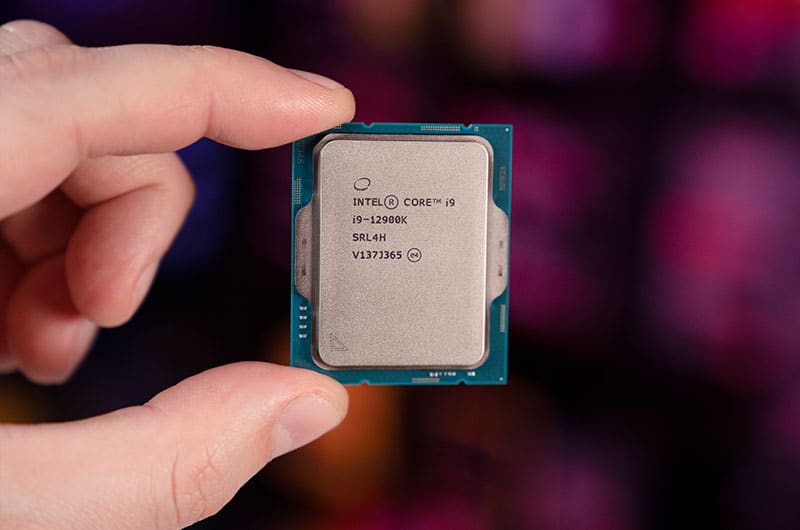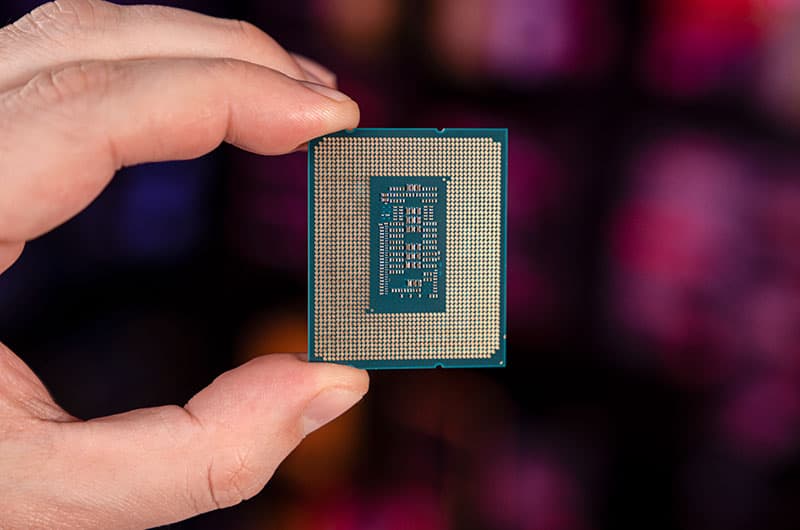
[ad_1]
Last Updated:
A CPU is one of the most important parts of your computer. Without a CPU, your marvelous gaming rig or powerhouse workstation would be nothing more than an expensive paperweight. CPUs have been around since 1971 and have been evolving ever since, but what is a CPU and what does CPU stand for?
What does CPU stand for?

CPU stands for central processing unit and describes exactly what the CPU is. It’s the main or ‘central’ unit or component where the computing or ‘processing’ takes place. Easy, right? Well, although the concept of a CPU is easy to understand, the object itself and how it operates is incredibly intricate.
What is a CPU?
A CPU can be thought of as the ‘brain’ of your PC, as it’s the component that undertakes all of the ‘thinking’.In simple terms, the CPU is electrical circuitry that executes instructions and commands that comprise computer programs and software.
The CPU sits in the motherboard inside a special socket made specifically for that CPU’s pin or pad configuration.
Let’s expand on the above a little more to gain a better understanding of what a CPU is and how it works.
What is a CPU made of?

A CPU is a computer chip made of silicon and is built by placing billions of microscopic transistors onto said computer chip. These transistors act as logic gates or switches and have two states, on or off. These states translate to either a one or a zero, one for on and zero for off and these are the elements that comprise the binary code.
How does a CPU work?
A CPU carries out instructions set by computer programs. These programs are loaded temporarily into RAM. The CPU then makes calculations using its logic gate transistors and determines a string of ones and zeros – you now have some binary code. This process is broken down into three simple steps, Fetch, Decode and Execute. This is called a ‘Cycle’ and this happens billions of times per second, depending on the clock speed of the processor.
Here’s the kicker, the process we’ve just run through happens in every CPU, or more notably, every CPU core. Billions of cycles per second are happening at the same time in 64 processing cores if we use a Threadripper 3990X as an example.
Hyperthreading / Multithreading
Both terms are interchangeable and this technology is fairly simple to understand. All multithreading means is that a CPU or CPU core can handle a second calculation alongside the original solitary calculation. Your CPU can now multitask. This is the reason the OS (operating system) recognizes one core as two ‘logical processors’.
This doubles the billions of cycles happening per core per second in our 64 core Threadripper, making it a ridiculous 128 thread processor. These threads aren’t quite as powerful as physical CPU cores but they do share all the same system resources.
Final word
There’s no simple answer to “what is a CPU and how does it work?” as CPUs are incredibly complex and hopefully, now you have a slightly better understanding of what it is they do and how they do it. It’s a good foundation to build on if you’re interested in how these small but mighty components work.
[ad_2]






